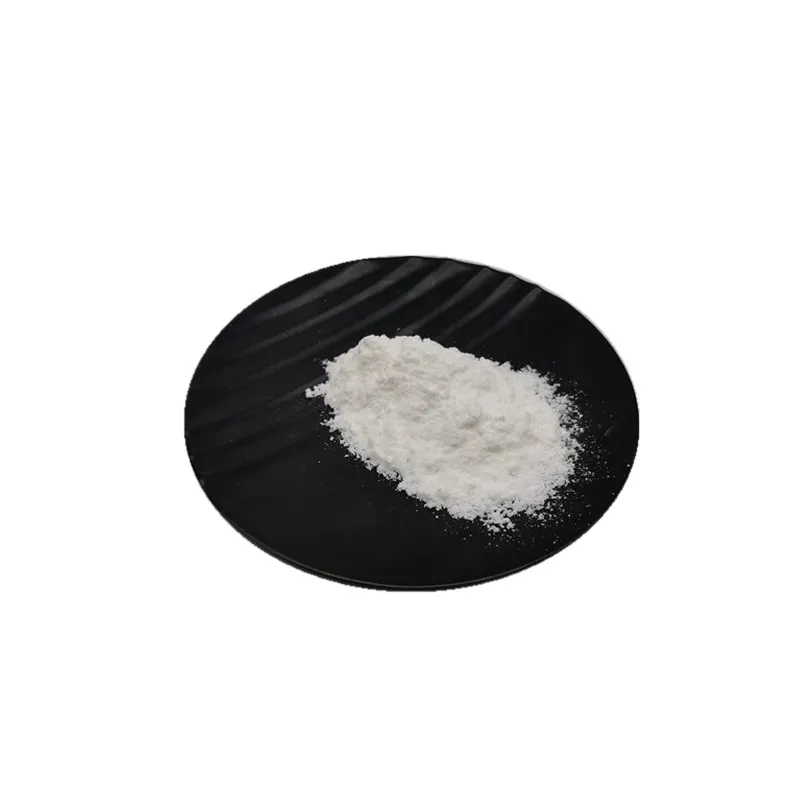 Email: sale@hebeidisha.com
Email: sale@hebeidisha.com
 Tel: +86 13315186550
Tel: +86 13315186550
- Afrikaans
- Albanian
- Amharic
- Arabic
- Armenian
- Azerbaijani
- Basque
- Belarusian
- Bengali
- Bosnian
- Bulgarian
- Catalan
- Cebuano
- China
- China (Taiwan)
- Corsican
- Croatian
- Czech
- Danish
- Dutch
- English
- Esperanto
- Estonian
- Finnish
- French
- Frisian
- Galician
- Georgian
- German
- Greek
- Gujarati
- Haitian Creole
- hausa
- hawaiian
- Hebrew
- Hindi
- Miao
- Hungarian
- Icelandic
- igbo
- Indonesian
- irish
- Italian
- Japanese
- Javanese
- Kannada
- kazakh
- Khmer
- Rwandese
- Korean
- Kurdish
- Kyrgyz
- Lao
- Latin
- Latvian
- Lithuanian
- Luxembourgish
- Macedonian
- Malgashi
- Malay
- Malayalam
- Maltese
- Maori
- Marathi
- Mongolian
- Myanmar
- Nepali
- Norwegian
- Norwegian
- Occitan
- Pashto
- Persian
- Polish
- Portuguese
- Punjabi
- Romanian
- Russian
- Samoan
- Scottish Gaelic
- Serbian
- Sesotho
- Shona
- Sindhi
- Sinhala
- Slovak
- Slovenian
- Somali
- Spanish
- Sundanese
- Swahili
- Swedish
- Tagalog
- Tajik
- Tamil
- Tatar
- Telugu
- Thai
- Turkish
- Turkmen
- Ukrainian
- Urdu
- Uighur
- Uzbek
- Vietnamese
- Welsh
- Bantu
- Yiddish
- Yoruba
- Zulu
Oct . 21, 2024 19:53 Back to list
propylene glycol food additive
Propylene glycol, also known as 1,2-propanediol, is a synthetic organic compound that has garnered considerable attention as a food additive. Primarily known for its role in various food products, propylene glycol serves multiple functions, including as a humectant, solvent, and preservative. Its unique chemical properties allow it to maintain moisture, enhance flavor, and stabilize ingredients, making it a popular choice in the food industry.
.
As a solvent, propylene glycol plays an important role in dissolving flavors and colors, making it easier to incorporate these ingredients into food products. This is particularly beneficial in the production of flavored beverages, where it ensures that flavors are evenly distributed throughout the liquid. Furthermore, propylene glycol is often utilized in food flavoring extracts and formulations, providing a stable medium that enhances the overall flavor profile of the final product. Its effectiveness as a solvent helps food manufacturers create consistency in flavor, which is vital for consumer satisfaction.
propylene glycol food additive

The safety of propylene glycol as a food additive has been a topic of interest and discussion. The U.S. Food and Drug Administration (FDA) has classified propylene glycol as “generally recognized as safe” (GRAS) when used appropriately. This classification means that it is deemed safe for consumption in specified amounts. Additionally, propylene glycol is metabolized efficiently by the body, converting into lactic acid, which is a natural component produced during carbohydrate metabolism. This metabolic pathway further supports its safety when consumed in reasonable quantities found in food products.
Despite its advantages, the use of propylene glycol has raised some concerns, particularly regarding allergies and sensitivities. Some individuals may experience adverse reactions when consuming products containing this additive. As a result, it is crucial for food manufacturers to clearly label products containing propylene glycol, allowing consumers to make informed choices based on their dietary needs and preferences.
In conclusion, propylene glycol is a versatile food additive that plays a significant role in the preservation, flavoring, and overall quality of many food products. Its properties as a humectant and solvent make it indispensable in various applications across the food industry. While the FDA considers it safe for consumption, awareness of potential sensitivities is essential for consumers. As the food industry continues to evolve, propylene glycol's role will likely remain significant, reflecting the ongoing pursuit of quality, flavor, and safety in food production.
Latest news
-
Certifications for Vegetarian and Xanthan Gum Vegetarian
NewsJun.17,2025
-
Sustainability Trends Reshaping the SLES N70 Market
NewsJun.17,2025
-
Propylene Glycol Use in Vaccines: Balancing Function and Perception
NewsJun.17,2025
-
Petroleum Jelly in Skincare: Balancing Benefits and Backlash
NewsJun.17,2025
-
Energy Price Volatility and Ripple Effect on Caprolactam Markets
NewsJun.17,2025
-
Spectroscopic Techniques for Adipic Acid Molecular Weight
NewsJun.17,2025